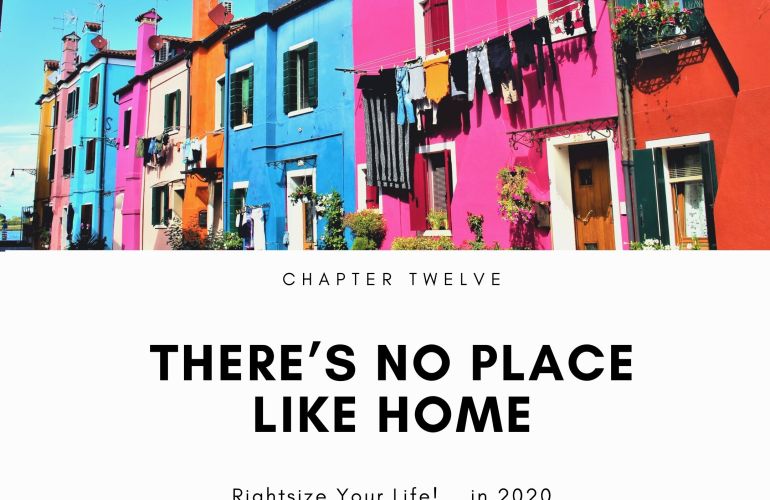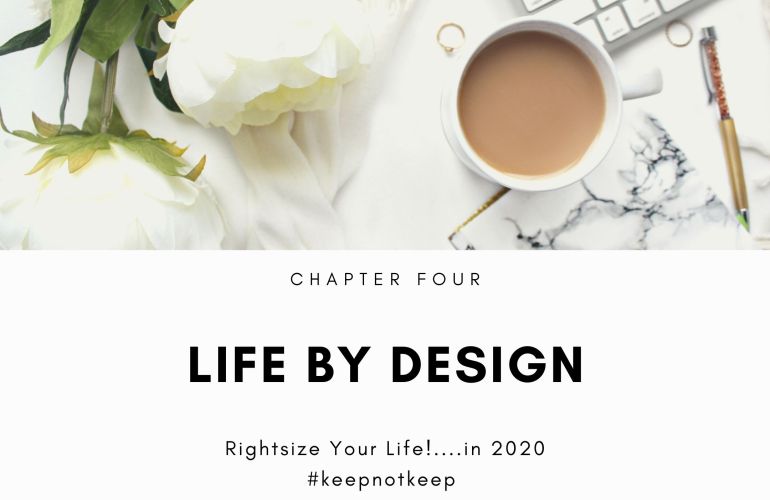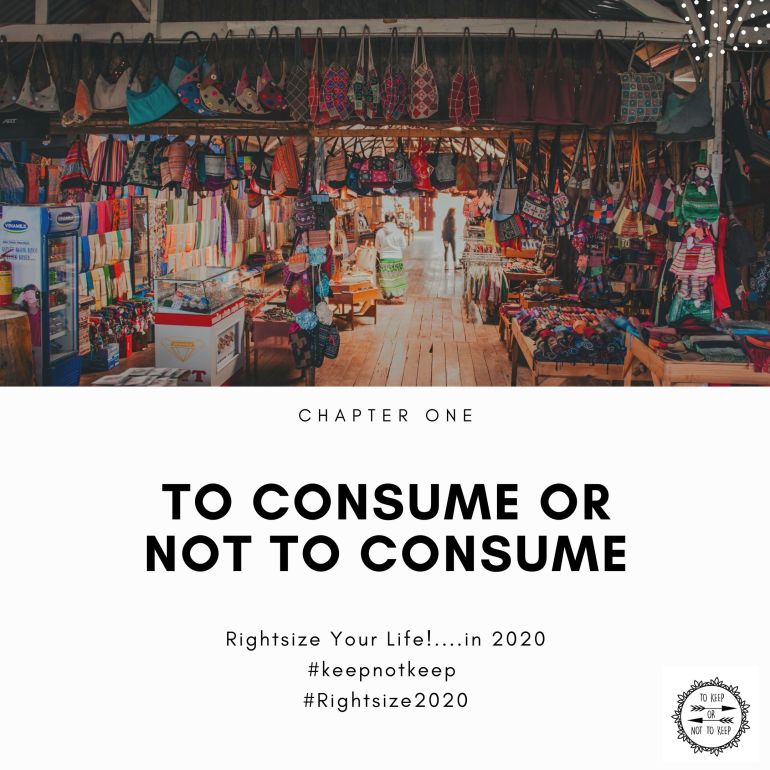In 2017 on Joshua Becker’s website Becoming Minimalist, he revealed that the LA Times reported that, ‘There are 300,000 items in the average American home.’ At some point we have either bought or been given these items over the course of the home’s life cycle. Contemplating the true cost of what and where we purchase our consumer goods from will contribute to the wellbeing of not only ourselves but the health of our planet as well. Before we decide to buy something we should consider the ethics, including the carbon footprint this object made before we commit to adding this to the colossal amount of items we already own. Buying local items or objects that have been crafted from sustainable materials that also can be recycled is a positive move in the right direction for us as a global society. Even before we are at the check-out we should consider some of the following:
Mindful Acquisition Questions
Why did I come shopping today?
Is this object, item or product something I need or something I want?
Can I afford the space and the dollars it will cost to own this?
If I wait to purchase this what will be the consequence?
In the words of Reverend Billy from the Stop Shopping Gospel Choir, ‘Give me the power to stop shopping!’ Knowing the answers to these questions will allow you to become a more Intentional Shopper. When you are an intentional shopper you purchase goods with clarity that are fit for purpose. By taking a moment to reflect on why, what and how we buy items we can reduce the fixed mindset of the Hyperconsumption cycle of work>buy>spend, allowing ourselves to progress into a more growth mindset using the Mindful Acquisition cycle create> live> share.

**2020 Special Book Pricing** Click here to order your copy for $20.00 plus $5.00 for shipping anywhere in Australia http://bit.ly/2020RightsizeYourLife







 **2020 Special Book Pricing** Click here to order your copy for $20.00 plus $5.00 for shipping anywhere i
**2020 Special Book Pricing** Click here to order your copy for $20.00 plus $5.00 for shipping anywhere i